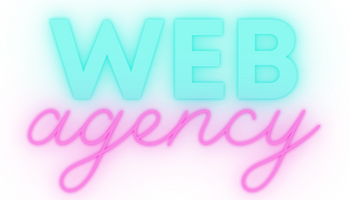Microsoft Word is one of the world’s most popular word processing programs. It is used by millions of people to create a variety of documents, from corporate reports to personal letters. Layout is an important aspect of creating any document, as it helps to organize ideas in a way that is clear and easy for the reader to understand. But how do you lay out a Word document? In this article, we’ll explore Word’s various layout features, to help you create professional, effective documents. Whether you’re a beginner or an experienced user, here you’ll find practical tips for successfully formatting your Word documents.
Why layout a Word document ?
Formatting a Word document is important because it makes the content clearer, readable and visually appealing. In fact, a well-structured layout makes the document easier to read and understand.
Here are just a few reasons why it’s important to lay out a Word document:
Improving readability
A neat layout with an appropriate font, adequate margins and spacing make the document easier to read.
Highlighting important information
Key information or important elements of the document can be highlighted with the use of bolding, italics, color or layout to draw the reader’s attention.
Strengthening credibility
A professional layout gives readers a positive impression and helps reinforce the credibility of the document and its author.
Saving space
Efficient page layout maximizes the use of the available space on the page, which is particularly useful for multi-page documents.
Respecting layout standards
In some contexts, it may be important to respect specific presentation standards (for example, for academic work or official documents).
What are the essential elements to consider when laying out a Word document ?
When laying out a Word document, it’s important to consider several essential elements to create a clear, legible and professional document. Here are some of the elements to consider:
Margins
Document margins must be defined to avoid text touching the edges of the page. In general, standard margins are 2.54 cm for top, bottom, left and right.
The font
The font must be chosen carefully to be legible and to match the style of the document. We recommend using a size 12 font, such as Times New Roman, Arial or Calibri.
Line spacing
Line spacing is the space between lines of text. It’s important to choose appropriate line spacing to avoid text being too dense or too airy. In general, single line spacing is used for everyday documents, while 1.5 or double line spacing can be used for more formal documents.
Headers and footers
Use headers and footers to include information such as document title, page number or date.
Heads and subheads
Headings and subheadings should be used to organize the document and guide the reader through the various sections. It’s important to highlight them with a larger font or in bold.
Bulleted and numbered lists
Use bulleted and numbered lists to present information in an organized, easily identifiable way.
Images and graphics
You can use images and graphics to illustrate the content of the document. It’s important to insert them correctly and resize them if necessary.
Tips for a successful Word document layout
Here are a few tips for successfully formatting a Word document:
Use formatting styles
Formatting styles are a powerful tool for quickly and easily formatting different elements of a document. Use predefined styles for headings and subheadings, normal text, quotations, etc. to ensure a consistent, professional layout.
Avoid typographical errors
Typeface is an important element of layout. Avoid common errors such as overspacing, misplaced hyphens or misspelled capital letters. Take the time to proofread your document to avoid these errors.
Use bulleted and numbered lists
.
Bulleted and numbered lists can help organize the content of your document and make it easier to read. Avoid overloading your document with lists, however, and use them only when necessary.
Choose to use headers and footers
Headers and footers can help give additional information about your document, such as the title, date or page number. Use them consistently and sparingly.
Use images and graphics
Images and graphics can help illustrate the content of your document and make it more visually appealing. Make sure you use high-quality images and insert them consistently throughout the document.
Be consistent
Consistency is important when creating a professional layout. Make sure fonts, font sizes, colors and margins are consistent throughout the document.
Try it out
Don’t hesitate to experiment to find the layout that works best for your document. Try different combinations of fonts, font sizes and margins. Then find the layout that works best for your document.
By following these tips, you can create a professional, attractive layout for your Word document.









